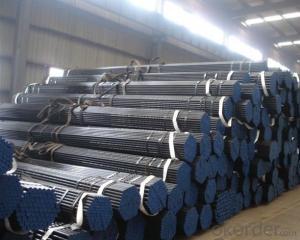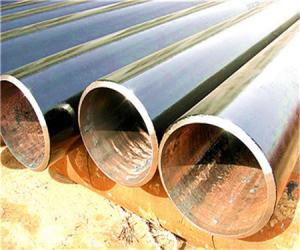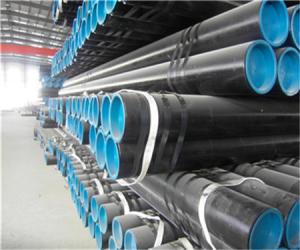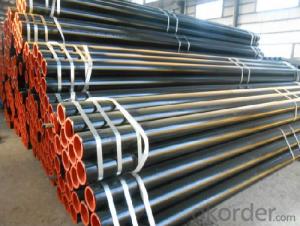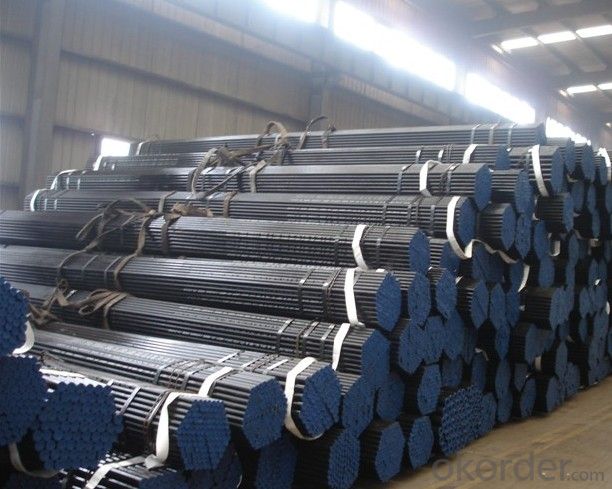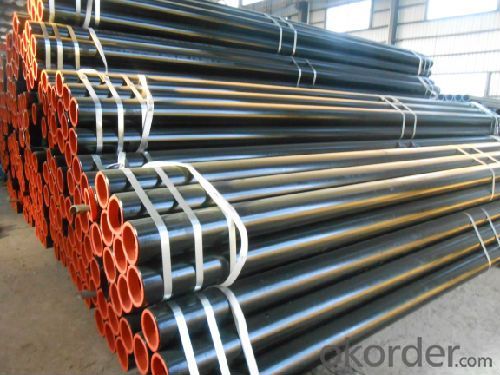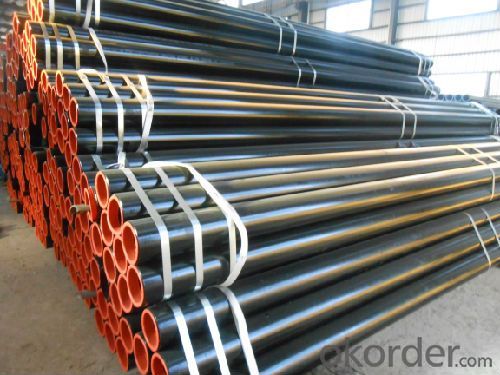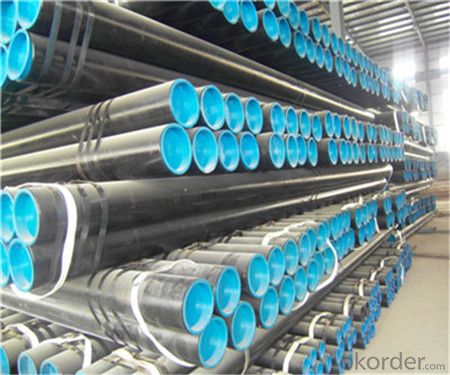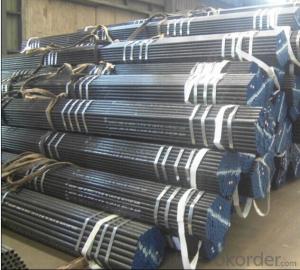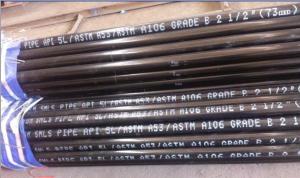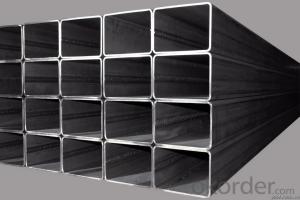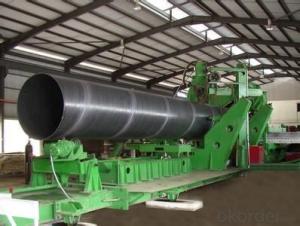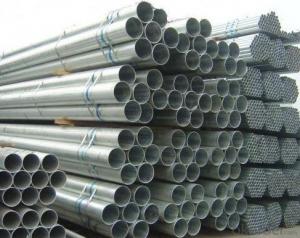Steel Line Pipe for Sour Service API 5L Supplier
- Loading Port:
- China Main Port
- Payment Terms:
- TT or LC
- Min Order Qty:
- 30 m.t.
- Supply Capability:
- 12000 m.t./month
OKorder Service Pledge
OKorder Financial Service
You Might Also Like
1、Full series of products provides an easier access for one stop purchase ▲ Line pipe ▲ Tubing and casing ▲ L & M & H boiler tube ▲ Gas cylinder tube & pipe ▲ Mechanical & Structural pipe ▲ Ship-building tube & pipe ▲ Automobile tube & pipe
2、Main Features of the Seamless Pipe ASTM A106/53: • High manufacturing accuracy • High strength • Small inertia resistance • Strong heat dissipation ability • Good visual effect • Reasonable price
3、Seamless Pipe ASTM A106/53 Specification:
4、Packaging & Delivery
5、FAQ of Seamless Pipe ASTM A106/53: Why should you chose us?
● Full series of products provides an easier access for one stop purchase ▲ Electric Resistance Welded (ERW) Steel Pipe ▲ Longitudinal Submerged Arc Welded (LSAW) Steel Pipe ▲ Spiral Submerged Arc Welded (SSAW) Steel Pipe ▲ Hollow Section (Square and Rectangle Pipe) ▲ Hot Dipped Galvanized Steel Pipe
6、Seamless Pipe ASTM A106/53 Images:
|
- Q: What is the difference between nominal and actual pipe size?
- The nominal pipe size refers to the approximate size of a pipe based on its interior diameter, while the actual pipe size refers to the precise measurement of the interior diameter.
- Q: Is steel pipe made of profiles?
- According to the shape of the cross-section, the steel is generally divided into profiles, plates, pipes and metal products in four categories.Therefore, the steel pipe belongs to the pipe, not the profile.
- Q: How many fasteners are there in a ton of steel tubes?
- The fastener generally refers to the intermediate connecting parts connecting two members, in the construction project for external diameter of steel pipe scaffold with 48mm fixation, the fastener is divided into rectangular fastener (cross directional fastener fastener) rotary fastener (universal movable fastener fastener) (a direct docking fastener fastener fastener) etc..
- Q: What are the different methods of protecting steel pipes from external damage?
- There are several methods of protecting steel pipes from external damage, including coating the pipes with a corrosion-resistant material such as epoxy or polyethylene, applying a layer of protective tape, installing a cathodic protection system, using concrete or rock shielding, and implementing measures to prevent soil movement or impact damage.
- Q: What is the purpose of pipe flanges in steel pipes?
- The purpose of pipe flanges in steel pipes is to provide a secure and leak-proof connection between two pipes or to other equipment, such as valves or pumps. Flanges allow for easy assembly and disassembly of pipe sections, as well as providing a means for maintenance and repairs. Additionally, they provide a stronger connection, ensuring the integrity and stability of the pipeline system.
- Q: What are the different methods of non-destructive testing for steel pipes?
- There are several methods of non-destructive testing for steel pipes, including ultrasonic testing, magnetic particle testing, liquid penetrant testing, radiographic testing, and eddy current testing. These methods help to detect any defects or anomalies in the pipes without causing any damage, ensuring their structural integrity and reliability.
- Q: Are steel pipes suitable for use in automotive industries?
- Yes, steel pipes are suitable for use in automotive industries. They are known for their strength, durability, and resistance to high temperatures and pressure, making them an ideal material for various applications such as exhaust systems, fuel lines, and structural components in automobiles. Steel pipes also offer excellent corrosion resistance, ensuring long-lasting performance in harsh environments.
- Q: How are steel pipes used in plumbing?
- Steel pipes are commonly used in plumbing for various applications such as water supply and drainage systems. They provide durability, strength, and resistance to corrosion, making them suitable for both residential and industrial plumbing. Steel pipes can be used for transporting water, gases, and other fluids, and are often connected with fittings and valves to create a reliable and efficient plumbing system.
- Q: Can steel pipes be used for underground steam pipelines?
- Yes, steel pipes can be used for underground steam pipelines. Steel pipes are known for their durability and high temperature resistance, making them suitable for transporting steam underground.
- Q: The plastic pipe and steel pipe difference
- The steel plastic pipe is a general term, which includes plastic pipe, plastic lined pipe. Plastic pipe external coating, zinc coated and so on in Shanghai, Fujian, Portland, professional in this area
Send your message to us
Steel Line Pipe for Sour Service API 5L Supplier
- Loading Port:
- China Main Port
- Payment Terms:
- TT or LC
- Min Order Qty:
- 30 m.t.
- Supply Capability:
- 12000 m.t./month
OKorder Service Pledge
OKorder Financial Service
Similar products
Hot products
Hot Searches
Related keywords
